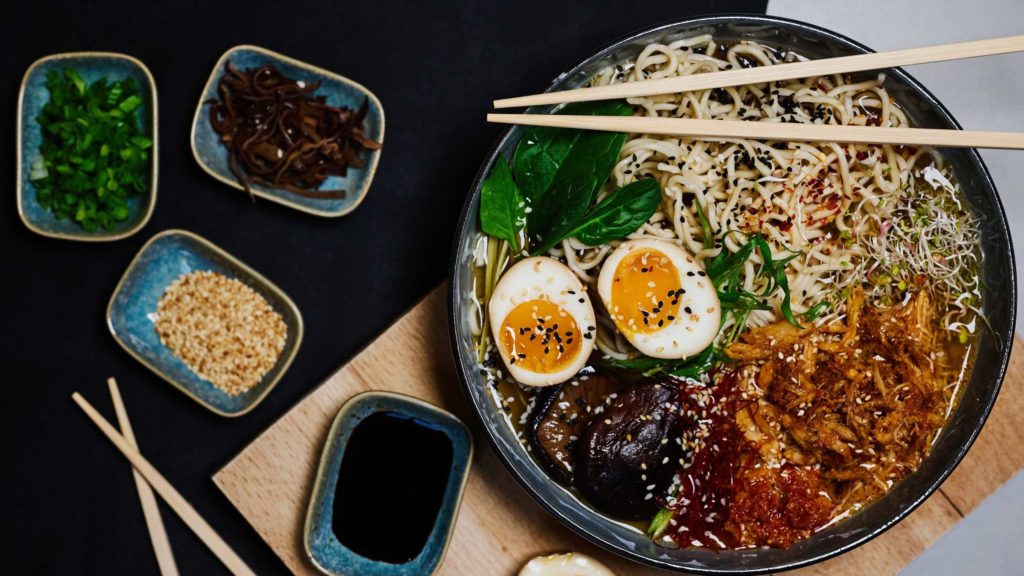Menu
Download our mobile app
today for exclusive savings and rewards!
today for exclusive savings and rewards!
Get Prepared for Easter with Fresh Farms | Now Available Baby Lambs
(Please Ask Our Meat Department For Assistance. Available at all stores except for Devon Ave)

Ramen is known as one of the best Japanese comfort foods. We bet that you’re here because this dish has captured your heart.
This steaming bowl of noodles is a sensation because of how its broth is made, the toppings, and the whole history that comes with it.
As you’re craving ramen, did you know there’s a proper way to eat this delicacy? Japanese people take these rules seriously. Doing so will also make your experience unforgettable.
To enjoy your delicious delicacy, we will talk about the things you should do and should not do when eating. We hope you can enjoy your next bowl through this guide!
Now that we know the do’s when we eat ramen let’s try to be aware of the don’ts too. This helps you make sure you are respectful and culturally sensitive.
There’s a difference between acceptable and too much noise.
Acceptable slurping is just a moderate and controlled sound. Disruptive slurping is eating noodles in a way that’s inconsiderate to others.
How do you find the balance? Learn to control how you slurp. Something not too quiet so it won’t lose its meaning, but not something too loud and annoying.
You might be packed with the amount of serving your ramen bowl has. Is it an excuse not to finish it? Definitely not. If you’re eating ramen right now, pay attention to why you need to finish that bowl:
To avoid leftovers, maybe you can ask for a smaller portion. There are a lot of restaurants that offer small to extra-large sizes.
Also, you can share a bowl with your loved ones, so nothing goes to waste. If it’s still too much, try to bring a container with you and bring it home.
Ramen is a big deal in Japan, so this third etiquette is a must-remember. It’s a disrespect to the chef’s craft.
This is another way that messes up the balance of this dish and how it’s supposed to taste. It means impatience, and you want to get it over with. As part of Japanese culture, they want you to enjoy the food and take your time.
So, how should you handle noodles with chopsticks the right way?
We know how much you want to get creative in customizing your ramen, but too much condiment is something you shouldn’t do. It can ruin the unique taste of ramen.
A while back, we gave you a glimpse of some toppings you can possibly add. Here are a few pieces of advice you can take to enjoy your ramen according to your liking:
If you’re going to an authentic ramen restaurant, you might want to ask the chef or some staff for the best condiments to put on your type of ramen.
We’ve been talking about appreciating the craft and respecting the Japanese people and their culture. Most importantly, don’t be mean or complain about the ramen – that’s a major red flag.
If you need to give your feedback, this is what you need to do:
Ramen has been part of Japanese culture. Every food this country serves comes with dining customs and meanings we must follow.
Aside from the rules, we hope this guide can make you enjoy your ramen experience better when dining out at ramen restaurants.
If you can’t go to Japan or dine in any ramen place soon, we encourage you to practice these tips and tricks at home. Fresh Farms has instant ramen and the ingredients you might need in your kitchen.
Even at home, you can practice ramen etiquette and have an authentic Japanese delicacy experience!
Eat well.
Save time.
Live better.